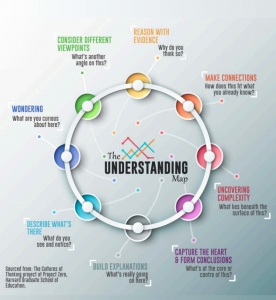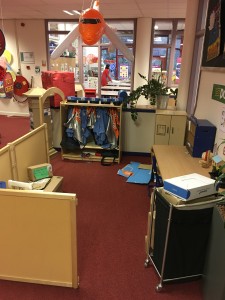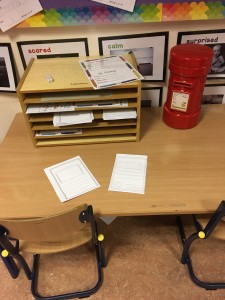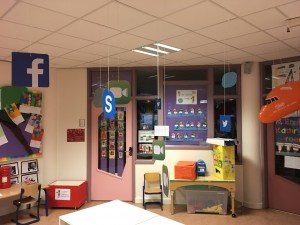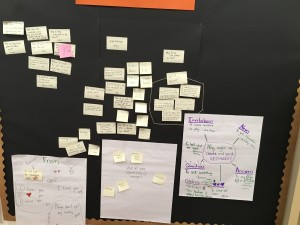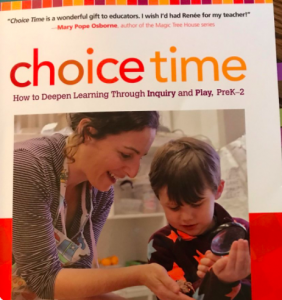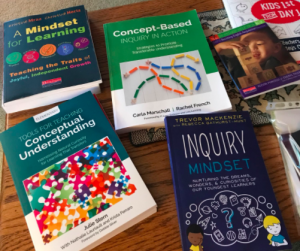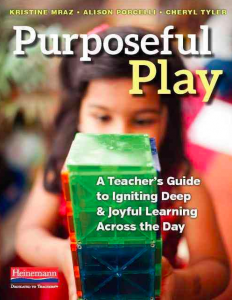The Understanding Map is one of the products of the work being done at the Visible Thinking and Cultures of Thinking projects at Harvard’s Project Zero. It has been an integral part of the teaching and learning in my classroom since I first learned about it years ago. Its universal applicability and relevance make me consider it as perhaps the one tool I would choose as a teacher if I could have only one. Regardless of age group, context, style of teaching and learning or discipline, the Understanding Map provides a guide to deeper understanding.
I recently introduced the Understanding Map to a group of educators at a workshop on concept-based teaching and learning, which I facilitated with the amazing and deeply knowledgable @gioia_morasch. Working with these educators reminded me of how lucky I am to have received training from Project Zero and how important it is to share the wealth.
This year, I have had the challenge of figuring out the best way of using the Understanding Map to support my Kindergarten students on their learning journey. I find that it is not so very different from how I use it with fourth or fifth graders. Here are some quick tips that work across the grades:
Eight Ways to Use the Understanding Map Right Now
- Explicitly let students know that the moves on the Understanding Map are steps our brain takes to help it as it works to build understanding. Depending on the group, I may do this right away, or I may wait until they’ve heard me naming their thinking moves for a while. In either case, I remind them often why these moves are important. This continues until they start reminding each other…and they do!
- Name the types of thinking the students are doing when you witness them doing it. “I notice that you backed up your idea with something you can refer back to in the text. Reasoning with evidence is one of the moves we use to help us make sure our understanding makes sense.”
- Make connections between the map and what they know they already often do. In many cases, we start with wondering. This is often the easiest move for them to recognize in themselves. Further, by highlighting it as an all-important thinking move on the road to understanding, we encourage them to continue valuing that sense of wonder and curiosity.
- I occasionally teach a minilesson to help the students understand what we mean exactly by a particular thinking move. It’s important to note that whenever possible, this is pulled from the thinking or actions of a shared context or the thinking of a peer.
- Use Visible Thinking routines. Scaffold students in making connections between the thinking they are doing in the routine and the types of thinking on the Understanding Map.
- Perseverance is key! Regardless of age, it can take months of consistently using the language and promoting the importance of a thinking culture in the classroom.
- Parents are part of the learning community too! Share the Understanding Map with them and encourage them to use it when discussing their students’ learning at home. We use it at Student-Led Conferences as well.
- Post the Understanding Map prominently in your room. With younger students, consider how you can incorporate visuals. At the start, it will serve as a prompt and a reminder for you. Eventually, you will find yourself referring to it alongside the students. Soon enough, your students will start referring to it independently!
